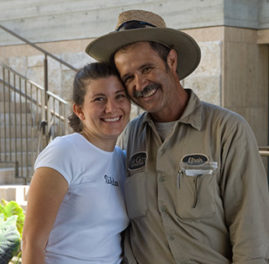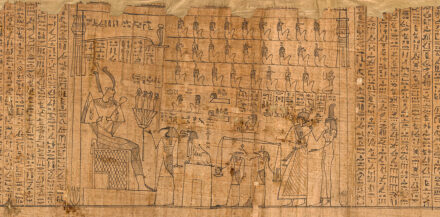
Boy with Root Hands, New York, New York, 1971, Arthur Tress. Gelatin silver print, 10 1/16 x 10 3/16 in. The J. Paul Getty Museum, 2013.68.13. © Arthur Tress
I have long been fascinated by childhood dreaming, since kids have the ability to recount their dreams in vivid detail. In the 1995 science fantasy film The City of Lost Children, a demented scientist kidnaps children in order to steal their dreams because he is incapable of dreaming himself. He frightens the children in the process, and as a result they are only able to generate nightmares. It’s telling that an entire feature film was focused on the dreams of children.
Long before The City of Lost Children, artist Arthur Tress took surreal and, at times, unsettling photographs that feature kids in staged scenarios. The Getty Museum has acquired 66 such photographs by Tress, from his series The Dream Collector and Theater of the Mind.

Child Buried in Sand, Coney Island, 1968, Arthur Tress. Gelatin silver print, 2013.68.2. The J. Paul Getty Museum, Los Angeles. © Arthur Tress
Tress began his career in the 1960s creating “straight” street photographs, but soon branched out to explore the realm of the strange and grotesque. The majority of photographs in the acquisition represent the states of excitement, fear, and confusion experienced in childhood by placing children in the center of compositions that elicit a destabilized world.
Tress said in an artist’s statement, “the purpose of these dream photographs is to show how the child’s creative imagination is constantly transforming his existence into magical symbols for unexpressed states of feeling or being.” What I take this to mean is that while children sometimes aren’t able to adequately express their emotions or experiences in words, they can instead express their inner lives through symbols and fantasies.
A particularly ambiguous image is Child Buried in Sand, Coney Island/Boy in Mickey Mouse Hat (1968), which features a boy half-buried in beach sand, wearing a cockeyed Mickey Mouse hat. Although the boy seems to be sleeping peacefully, the photograph leads to a variety of questions: how did he come to be buried in the sand, why is he alone, and what’s with the hat?
In Boy in Snow, NY, NY (1970), a child wearing a ski mask appears as a faceless creature with a gaping mouth. What is likely innocent fun in the snow is transformed through Tress’s vision.

Boy in Snow, NY, NY, about 1970, Arthur Tress. Gelatin silver print, 10 1/2 x 10 1/2 in. The J. Paul Getty Museum, 2013.68.26. © Arthur Tress
The image evokes Ralph Eugene Meatyard’s Romance of Ambrose Bierce #3 (1964), another photograph in the Getty Museum’s collection that turns playful images of children into something more sinister.
The newly acquired photographs join existing works in the Museum’s collection that address children and childhood, including photographs by Diane Arbus and Dora Maar. While they may not elicit sweet dreams, these photographs are windows into the fertile minds of the young.




Comments on this post are now closed.
Trackbacks/Pingbacks